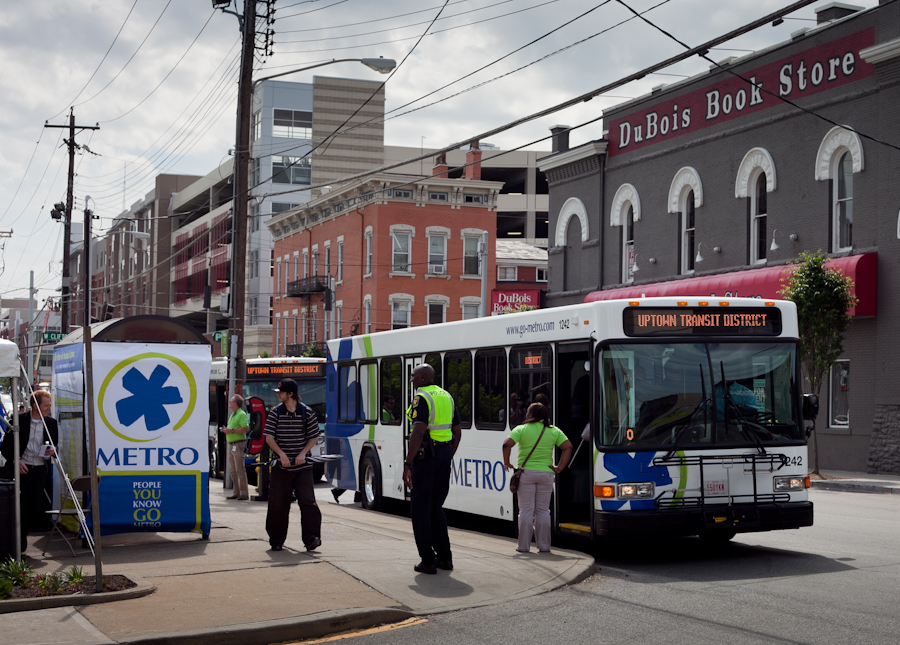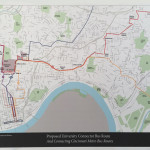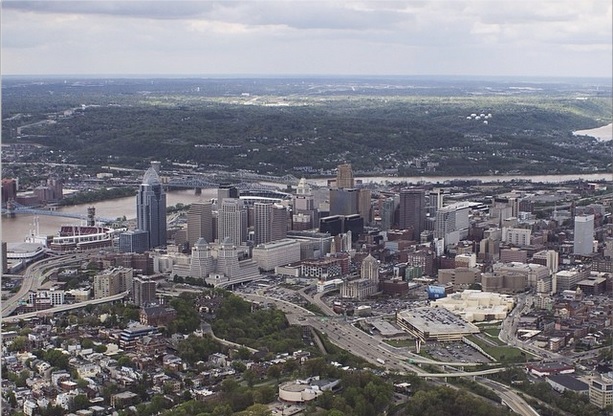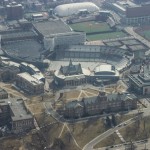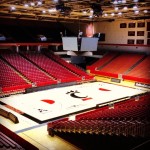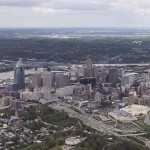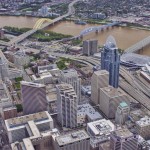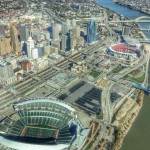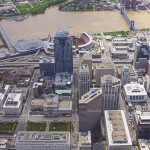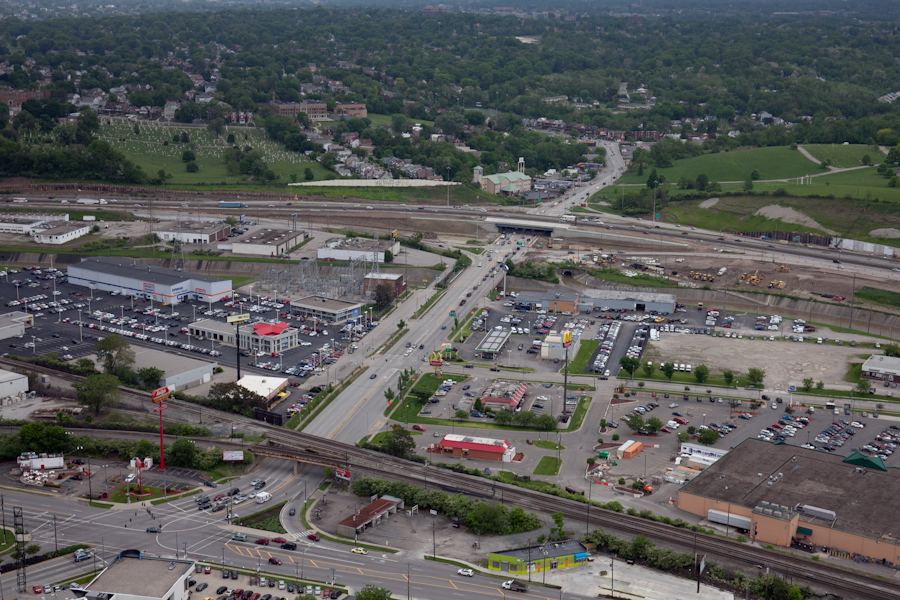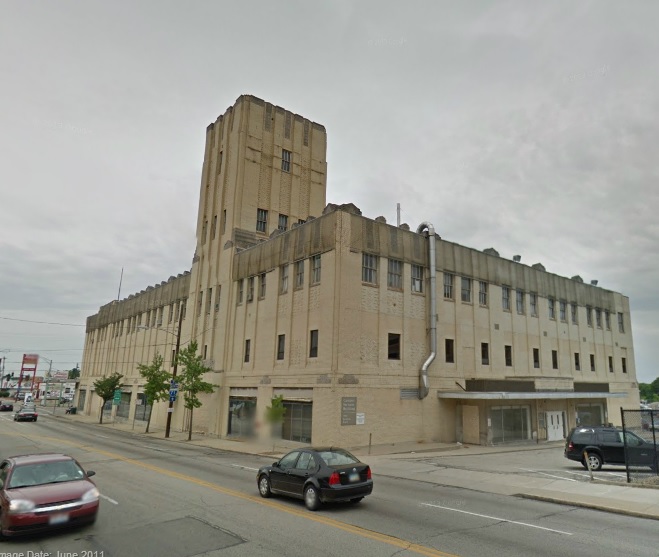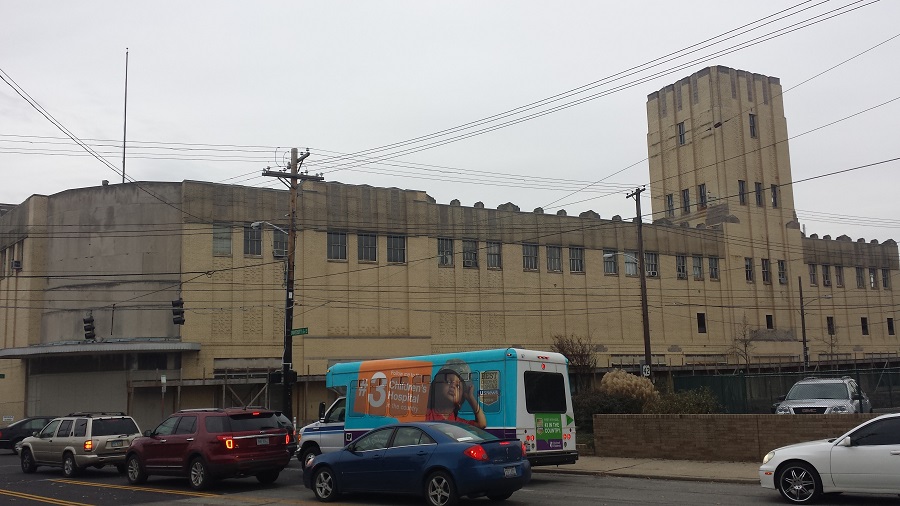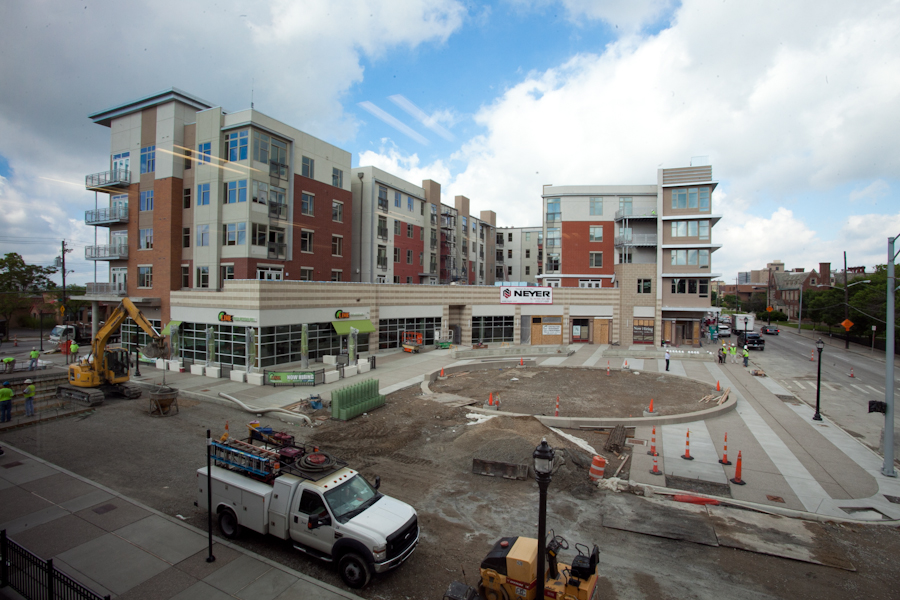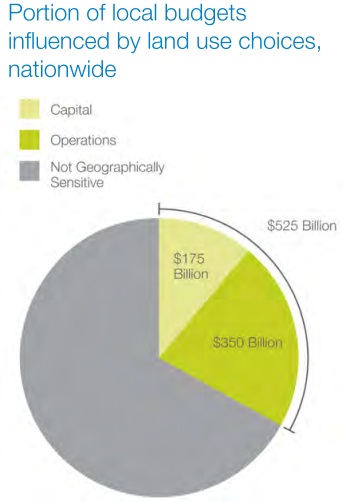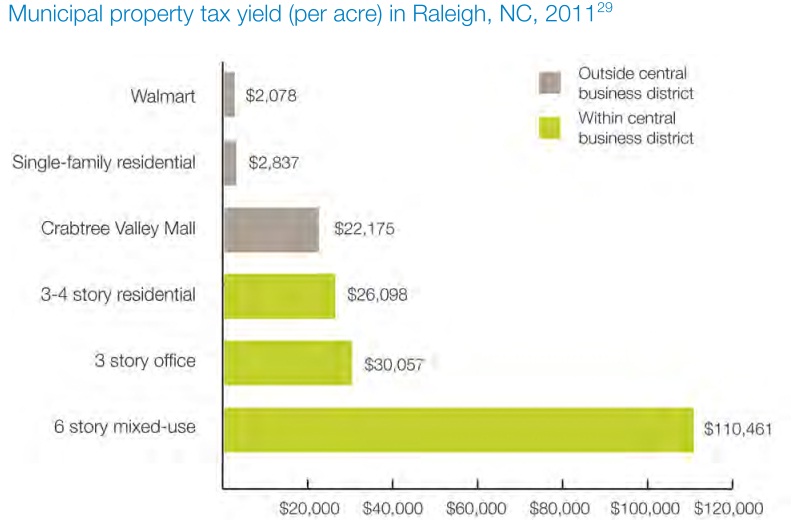University of Cincinnati’s Department of Planning+Design+Construction recently partnered with Metro for an on-campus listening session for input on how to better serve the Uptown community. The two-day outreach event included meetings with students, faculty and staff on both the main campus and medical campus to gather feedback from current bus riders and non-users.
In line with the many other community engagement sessions Metro has hosted throughout the city over the past year, participants were asked how they would like to see Metro improve, while non-riders discussed what was needed to get them to choose taking the bus.
Among the faculty and staff responses, improving east-west crosstown routes and frequency topped the list, followed by adding frequency to the existing 17, 19, 78 (Lincoln Heights) and 43 (Bond Hill) lines, adding express service between Uptown and Liberty Township, improving evening frequency, and adding more ticket vending machines.
Student feedback requested modernizing the fare box; adding evening and weekend frequency on the 19, 51, and 78 lines; improving instructions on how to ride the bus; adding a public display that monitors the number of available bike racks on the bus (currently, each bus has a capacity of two); and integrating the UC Bearcat card as a form of payment for bus fare.
Additionally, staff from the university presented a proposal for a new bus route called the University Connector. Similar to the 51, the route would connect Northside, Clifton, Walnut Hills, Oakley, and Madisonville, with a center circulator around three sides of UC’s main campus.
University staff members believe the route would minimize transfer wait times and improve accessibility to key academic buildings on UC’s main campus, and improve connectivity with the medical campus. But while the proposed circulator service would use established Metro stops, its location in Oakley would not take advantage of the new $1.2 million Oakley Transit Center that will break ground later this year.
As the building boom continues at a rapid pace in Uptown, a growing focus is being placed on improving the area’s transportation access – both UC’s student government and Board of Trustees have recently stated their support for extending the Cincinnati Streetcar up the hill, Metro launched Metro*Plus in 2013 and established the Uptown Transit District in 2014, which features enhanced stations, ticket vending machines, real time arrival signage, and improved wayfinding design.
There is currently no timetable for implementing any of the recommended improvements, but it is widely anticipated that Metro will put a county-wide transit tax on this November’s ballot that would be used to improve the agency’s bus operations.
